By Sally Siko

By: Sally Siko- Admin Birdwatching NC
Yesterday I received a rare bird notification from @eBird that a pair of Roseate Spoonbills had been spotted at Lake Lynn in Raleigh NC so I decided to go see if I could get a look at them with my friend Corie @calatta
We met up an hour later in the southern parking lot and walked to the north end of the lake where we were happy to find these beautiful birds hunting for a snack in the shallows with a Little Blue Heron
Nice to get a win so easily!
Roseate Spoonbills are normally found in southern Florida and along the coast of Texas during the summer which is why it was so unusual to find these two at Lake Lynn.
That being said, sightings of Spoonbills here in North Carolina have been on the increase in recent years though most of those have occurred in our southern coastal regions.




These lovely birds are best spotted in marshy areas foraging for a meal in the water or mudflats.
Sweeping their namesake spoon-shaped bill side to side in the shallow water, the Spoonbills mouth is partially open as their bill probes into the mud. When they stir up a fish or invertebrate, they’ll clamp that bill shut to capture their prey.
Their diet mainly consists of minnows, but they’ll also eat shrimp, crayfish, crabs, aquatic insects, mollusks, and slugs. Spoonbills will also snack on plants including the roots and stems of sedges.
I have no idea how long these two will stick around the Triangle for so if you can get out within the next day or two you might be able to find them as well.
For reference, I’ve included a Google Map pin drop showing the exact location of these birds at the north end of Lake Lynn (as of yesterday & today) to the end of this post.
Hope you are able to see them too!
Happy birding!
-Sally
Photos & Video by @sally_siko of @birdwatching_nc on the full frame beast of an SLR, the mighty @canonusa
#5Ds
By the way, check out the video of the Roseate Spoonbills in the Instagram version of this post below!
By: Sally Siko -Admin Best Life Birding
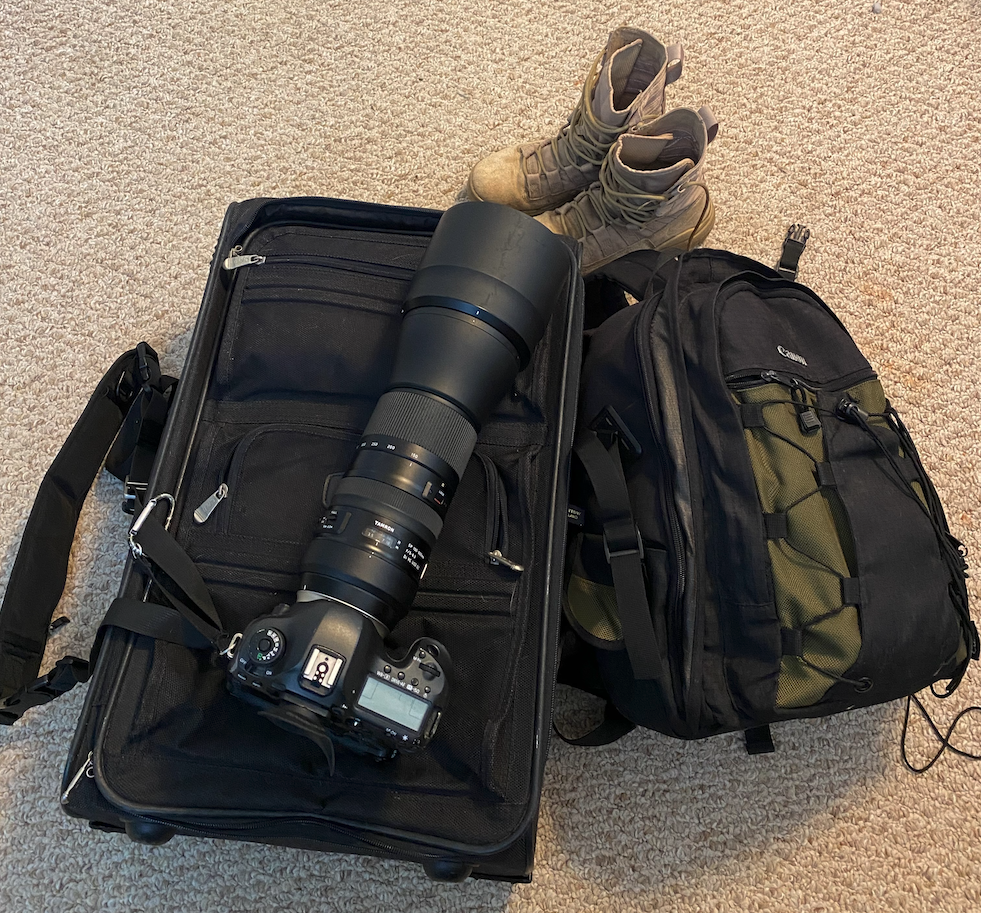
Birders and bird loving photographers of all skill levels are invited to join me, Sally Siko as we explore the trails, woods, fields and shorelines of the United States in search of interesting birds. From North Carolina and beyond, there are plenty of great species to get out and enjoy throughout the year.
In addition to local trips here in the Triangle, 80+ new birding tour dates and locations in eastern North Carolina and South Carolina have been added to my 2024 calendar. Click on the dates marked in green in the box below for more information.
Book today as space is limited on these small group tours, Gift Cards are on sale too 🙂
BIRDING TOURS AT PINCKNEY ISLAND, SC
BIRDING TOURS AT CAPE FEAR SHINERS PARK, NC
BIRDING TOURS AT HUNTINGTON BEACH STATE PARK, SC
BIRDING TOURS THE OBX NORTH CAROLINA
BIRDING TOURS AT THE PEE DEE NWR, NC
BIRDING TOURS AT OLD BYNUM BRIDGE, NC
PAINTED BUNTING BIRDING TOURS AT FT.FISHER, NC
BIRDING TOURS AT WEYMOUTH WOODS, NC
Shown below is the Best Life Birding Instagram feed featuring of some of the species I’ve found for my guests here in the United States.
The year isn’t over yet though. I can’t wait to help you add more birds to your list too!
By: Sally Siko- Admin Birdwatching NC
Nest update!
I made a trip up to the Bald Eagle nest site that I’m monitoring for the ARMY Corps of Engineers at Jordan Lake on Wednesday to check out how things were going.
This time I only spotted what I believe is the male bird chilling out on his bare branch above the nest.

It’s quite possible that the female was sitting inside the nest but from my vantage point it’s tough to tell, especially if the structure has a deep well.
You’d be surprised just how well a nesting Bald Eagle can conceal itself from someone viewing it from the ground level simply by flattening it’s body down into the sticks, lol!

Nothing to dramatic to report but gosh it’s so awesome to see this awesome bird out in the wild.
Fingers crossed that I can confirm that the eggs have been laid next week.
🦅
*Nest location will not be disclosed. Please don’t ask where these shots were taken, GPS data has been scrubbed.
This is to protect the birds as Bald Eagles are particularly sensitive to human interaction during nesting season. They are easily spooked off of their nest by people which can lead to nest failure (cold eggs and starving chicks) so it’s vital that they remain undisturbed during this time.
In case you’re wondering how I captured these seemingly “up close” photos, these shots were taken from 700+ feet away with a zoom lens & then the final images were cropped at 90%. Photos by @sally_siko of @birdwatching_nc
Canon 5Ds
By: Sally Siko- Admin Birdwatching NC

This morning was actually one of the best birding days I’ve had in a while! I got up early and drive out to the Mid Pines Road area because I’d heard of reports that said that there was a White fronted Goose hanging out in the fields of NCSU farms.
It was super cloudy and kind of dark when I arrived at 7:45. I drove up and down Mid Pines Rd anyway scanning the vast landscape for signs of the Goose. I had no luck! This bird was nowhere to be found.
By now, it was around 8am so I thought I’d try looking for the Goose at nearby Yates Mill Park. On my way out to Yates Mill, I got lucky and spotted a Peregrine Falcon sitting in a tree just north east of the Mid-Pines dog-leg. Wow! That was freak’n awesome!!! You can read about that encounter HERE.
As I pulled into the parking lot of Yates Mill, I could see a huge flock of Canada Geese sitting on the water through the trees. Now, I was getting excited! I’d had a hunch that the White fronted Goose would be likely to be found in the company of other geese. Now, it was time to see if this idea paid off.



Making my way to the boardwalk, I could hear the geese honking and splashing. As soon as the flock was in sight, I took out my camera and started searching for the White- fronted Goose (WFG) on the water. This was not easy! There were so many Canada Geese, Mallards, and Ruddy Ducks here that picking out the WFG in this loosely mixed flock was proving to be difficult.
Then, there it was!

I was so happy that I finally spotted it! the White fronted Goose was much smaller than the Canada Geese . Yet, he/she seemed to fit right int with the rest of the flock.


Who is watching who? Lol!

I spent about an hour watching the WFG and taking photos. I think this is remarkable sighting because this Arctic tundra-nesting species normally spends it’s winters in the western half of the United States. So cool to think that this little Goose had somehow ended up here in central North Carolina…and I’m standing here looking right at it.

As I made my way back to my truck, I smiled at the wonder of finding a Peregrine Falcon and a Greater White fronted Goose in the same day. One bird was found by research, & instincts, the other by pure luck. I think that both kinds of encounters are a joy to experience in equal measure.
Happy Birding!
-Sally
Here is a map of Yates Mill Park. The Greater White fronted Goose was seen in the northern part of the pond.
By: Sally Siko- Admin Birdwatching NC
I set out today to find a rare White-fronted Goose that had been recently reported in the Mid Pines Rd. area of Raleigh North Carolina. Driving along the gravel road , I searched the fields and ponds. But, to no avail. This Goose was nowhere to be found.
Not finding anything interesting, I turned my truck around. Maybe I should check out nearby Yates Mill Park to see if the Goose might turn up there. As I made my way back down the road, a raptor perched on a far away tree caught my eye. I pulled over, grabbed my camera, and hopped out of my truck.
The skies were still pretty dark at this time. It was very difficult to focus my lens on the bird in these lighting conditions. I snapped off three shots. I reviewed the first two in camera and was disappointed with the quality of the images. They were so dark and grainy and absolutely useless for ID purposes.
Feeling deflated, I did not even bother looking at the third photo assuming that it was garbage too. In fact, I almost deleted the photos off of my camera right there and then. Left thumb planted on the trashcan button, for some reason, I hesitated. Something inside me said “look at these photos later”. So, I kept the RAWs anyway.
Standing there in the cold field, I debated weather or not to keep trying to get a better shot of this mystery raptor but ended up deciding to move on with my search for the White-fronted Goose. After all, this bird was really far away and the lighting was not looking like it was going to improve with all of the clouds moving in. Besides, my first thought was that this was likely a Red-Tailed Hawk and I’d have plenty of other (and better) photo opportunities to see one later.
So, off to Yates Mill Park I went. I did not give this encounter a second thought. Especially after how my birding at Yates Mill Park went. Let’s just say that I was not dissappointed. More on that later, stay tuned!
When I got home, I uploaded the photos onto my Mac. I could not believe my eyes! Yes, the first two photos of the mystery raptor were indeed absolute hot digital garbage but that third image… this third shot did not show a Red-tailed Hawk.
No.

It was a freak’n Peregrine Falcon!!!
This is a particularly nice find. You see, up until the 1950’s, Peregrines nested regularly here in North Carolina. Then, they were nearly completely wiped out, almost to the point of extinction. Their rapid disappearance from the eastern U.S., (as well as their decline in areas of the western U.S.) were caused by man-made environmental contaminants, including the pesticide known as DDT.
These pesticides got into the water and were absorbed by insects. Small birds ate the poisoned insects, and became contaminated themselves. Peregrines ate the contaminated small birds, and by now the multiplier effect of the pesticides in the food chain caused concentrations high enough to kill many birds directly. Worse yet, the pesticides interfered with calcification of eggshells, resulting in thin eggshells which were crushed as the parents sat on them during incubation.
In 1970, the U.S. Fish and Wildlife Service listed the Peregrine falcon as an endangered species. Recognizing the effect of DDT, the E.P.A. banned this pesticide from use in the United States back in 1972. Attempts at restoring the peregrine falcon began in 1974 with the first release of captive bred falcons.
The N. C. Wildlife Resources Commission began releases in 1984. Eighty juvenile peregrines had been released in the state by 1991. An additional 12 birds were released in 1996 and 1997 to increase the population in the Southern Appalachian Mountains.
Although the U.S. Fish and Wildlife Service removed the peregrine from the Federal Endangered Species list in 1999, it remains protected under the N.C. Endangered Species law and at the federal level by the Migratory Bird Treaty Act.
Although, the survival of peregrines in N.C. still remains tenuous due to a low rate of successful nests, the species does appear to be recovering (slowly) here in the Tar Heel state through the efforts of the North Carolina Wildlife Resources Commission breeding and nest monitoring programs.
This bird is a lifer for me as I have never photographed a Peregrine in the wild before. I’m absolutely thrilled and am honestly wishing that I could leave right now to go back out to this birding spot to get another crack at photographing this bird. Unfortunately, my family has other plans for the rest of my day.
But, that doesn’t mean that you cant try instead!
Ok, here are the details of where I saw this bird along Mid Pines Rd. Below is the Google maps link to get to the general area…
Here is a screen shot of the exact location where the Peregrine was sighted. I spotted him in the treeline that lines the field to the north-east of the dog-leg.
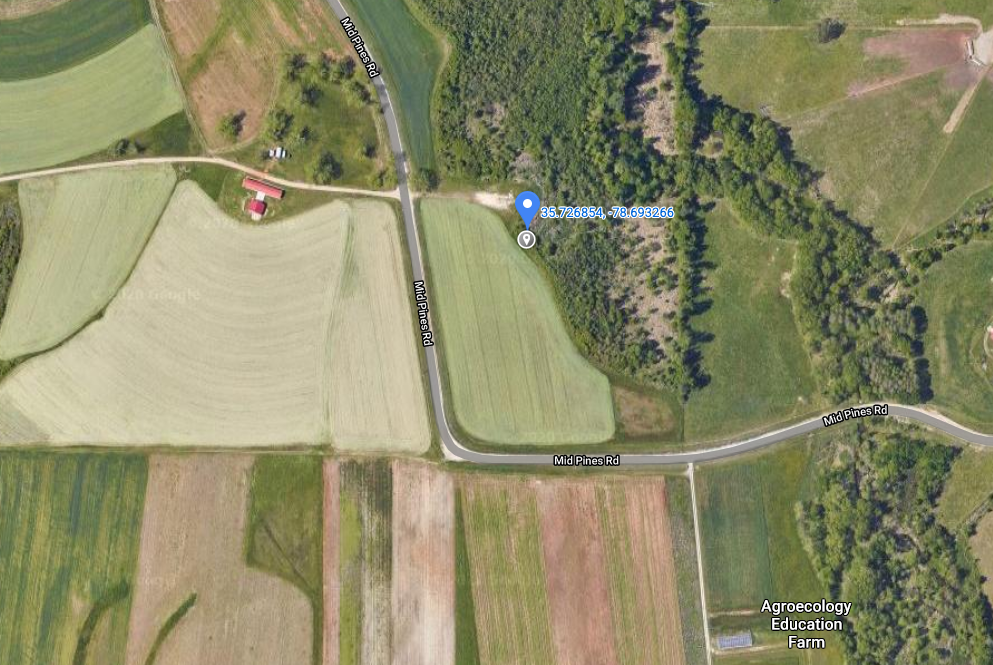
Hope that you get a chance to see and photograph this impressive bird too!
Happy Birding!
-Sally
References: Phil Spivey, Allen Boynton. Updated by Chris Kelly, NCWRC Johnsgard, Paul A. Hawks, Eagles and Falcons of North America (Washington, D.C.: Smithsonian Institution Press, 1991).Ratcliffe, Derek A. The Peregrine Falcon (Vermillion, SD: Buteo Books, 1980).Scott, Shirley L., ed. Field Guide to the Birds of North America (Washington, D.C.: The National Geographic Society, 1987).Terres, John K. The Audubon Society Encyclopedia of North American Birds (New York, N.Y.: Wings Books, 1980
By: Sally Siko-Admin Birdwatching NC
A few days ago, while visiting Bass Lake Park in Holly Springs N.C. I found a Red-shouldered Hawk sitting on a low branch right next to the trail.
Viewing this beautiful bird from less than 20 feet away, I was surprised to see her up close as she was focused on scanning the area for prey, totally unbothered by my presence.
I stood there for about 5 minutes watching before something in the bushes behind her caught her attention and she flew off to investigate.
Just awesome!


Here in central North Carolina, Red-shouldered Hawks are often found in deciduous forests, along the tree lines of open fields and near small to medium sized bodies of water( the habitat here at Bass Lake Park is a great example).
They prefer to hunt in places where the lower part of the forest canopy is relatively open, which gives a perched hawk an unobstructed view of the ground below.
Like the bird featured in this post, Red-shouldered Hawks are commonly seen perching on low level branches, still as a statue watching for movement on the ground.
Once prey is targeted, they’ll dive straight down onto it or glide in on an angle from the side.
Because these hawks are relatively less agile in the air than other raptors (such as Red Tailed and Sharpies), their diet includes a much smaller percentage of birds.
Having extra room to deftly maneuver through the trees while flying is another reason why they prefer to hunt in habitats with un-thicketed forest floors or grasslands.
By: Sally Siko- Admin Birdwatching N.C.
Spotted a small group of Sandhill Cranes preening among a flock of Tundra Swans yesterday morning at Pungo Lake in the Pocosin Lakes NWR.
I’ve never seen one in the wild before so it was thrilling to finally have a chance to photograph them. So awesome to get another lifer!

Scientists believe that ten million years ago, birds similar to these were found to be structurally the same as modern Sandhill Cranes. Today, these beautiful birds are found throughout in North America. Their range extends from Mexico, through the United States and as far north as Siberia.
Despite the widespread occurrence of the species in the Western Hemisphere, they are not commonly found here in North Carolina.
It was wonderful to add one more “rare” bird species to my eBird list as the year draws to a close 🙂
Sandhill Cranes are omnivorous and will dine on items such as lizards, small rodents, frogs and insects, as well as vegetables, such as bulbs, roots, grains and seeds.
The ones I photographed here seemed to split up their time between preening and foraging for food in the mudflats along the shoreline.

This small flock of birds may have hit the jackpot by choosing to spend a few weeks this winter here at Pungo Lake.
In addition to hosting a variety of small lizards and rodents on site, the lake is surrounded on all sides by wide open fields of cut corn stalks, with plenty places available for the Cranes to feed on spilt grain on acres of vast agricultural fields.
I hope they stick around for a little while longer so that my fellow N.C. birders have the opportunity to see them before they head out!
Photos by @sally_siko of @birdwatching_nc
Canon 5Ds
Here is a map showing where the Sandhill Cranes were sighted in a small flooded out field on the western side of the lake…
By: Sally Siko- Admin Birdwatching NC
Christmas Bird Count (CBC) season here! Here are a a few thoughts from the eBird website.
“This is a great time to join others to cooperate in an effort across the World to take a snapshot of bird occurrence around the holidays. For 3 weeks each year ( December 14th through January 5th) birders head out to conduct the Audubon Christmas Bird Count. “
Haven’t signed up yet? What are you waiting for! You can join the effort here https://www.audubon.org/conservation/join-christmas-bird-count
“These counts are a cooperative effort to get the most accurate count of birds in a single 15-mile diameter circle based on the reporting of multiple parties of observers within each group. The goal is to arrive at an accurate count total which can be compared to totals for the past 118 years. This data can be used to help understand fluctuations in local and national bird populations.”
If your a eBird user, and plan on logging your circle sightings through the app, here are some helpful resources from eBird to help make sure your birds are counted within your circle properly.
If you’re not an eBird user you can sign up at the link below… https://ebird.org/home
While doing your CBC, eBird Mobile makes it easy to keep your tallies through the day. Here are our tips for making your CBC eBirding as helpful as possible.
Here are some more useful links for eBird best practices and CBC resources:
Happy birding!
-Sally
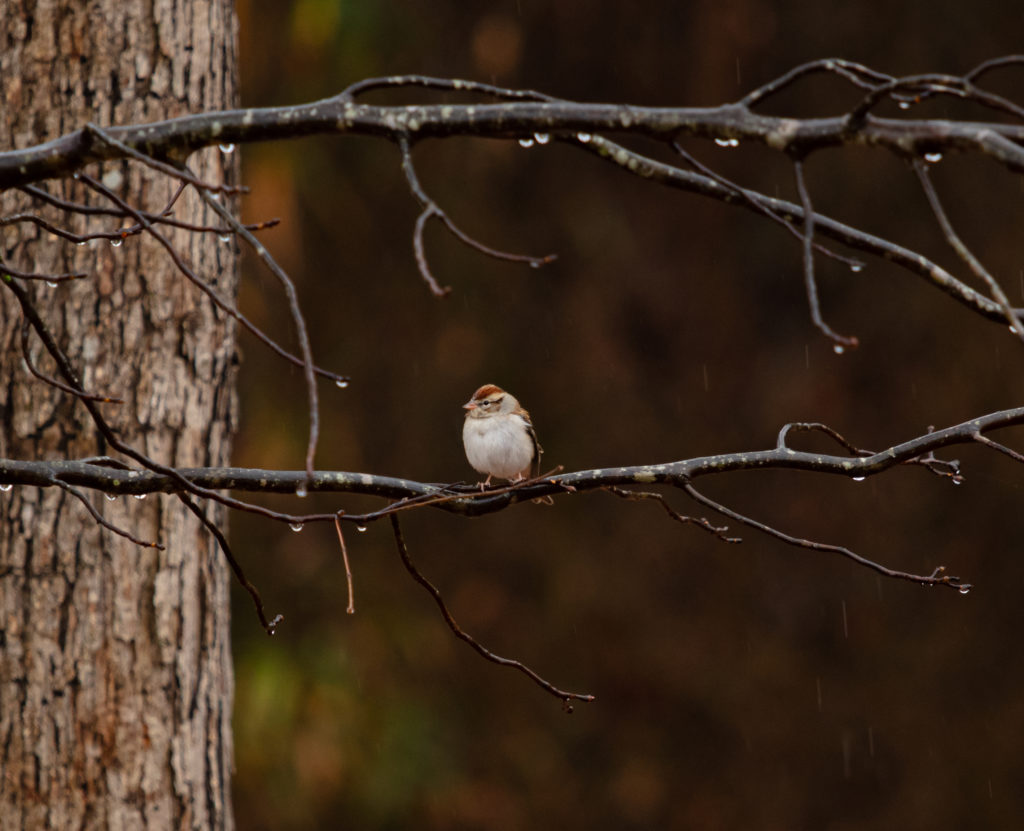
By: Sally Siko- Admin Birdwatching NC
From the Audubon Society website..
“Audubon invites you to celebrate 120 years of the Christmas Bird Count™ with us.
You can help us document this historic year by taking photos during your CBC—the birds you see, the people you meet, the places you explore, the post-count meals you share—and uploading them to this interactive map. We hope thousands of people across the hemisphere will do the same during the count period, giving us a snapshot of how people experience the CBC, from Ecuador to the Arctic, and from Guam to Bermuda. “
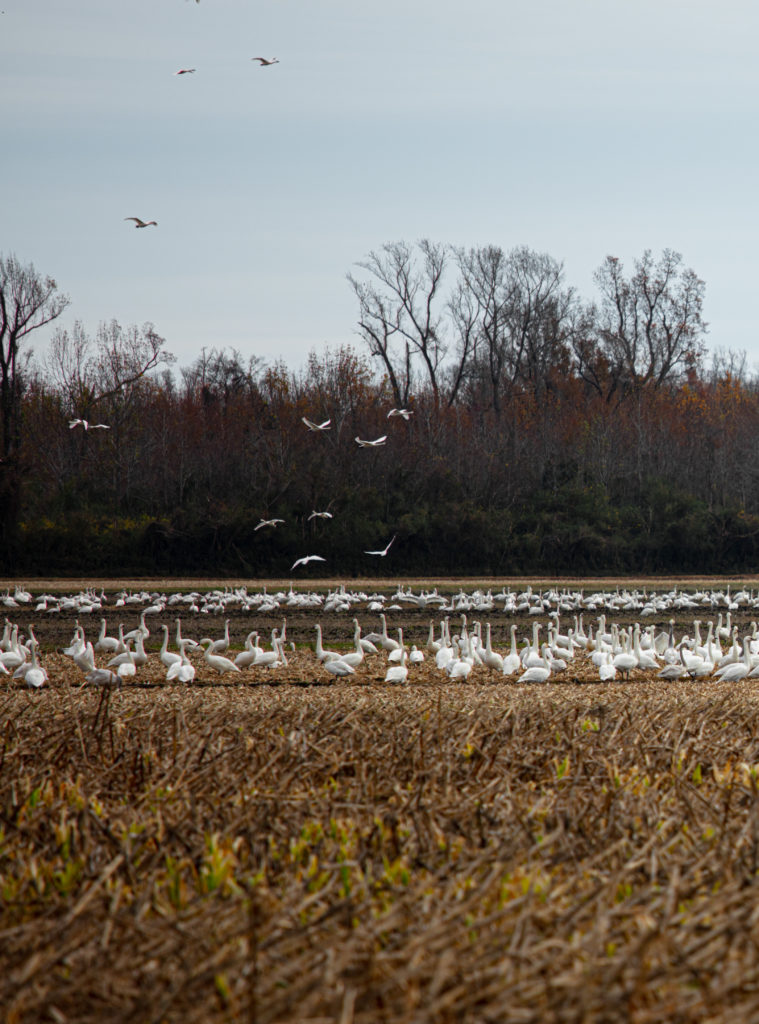

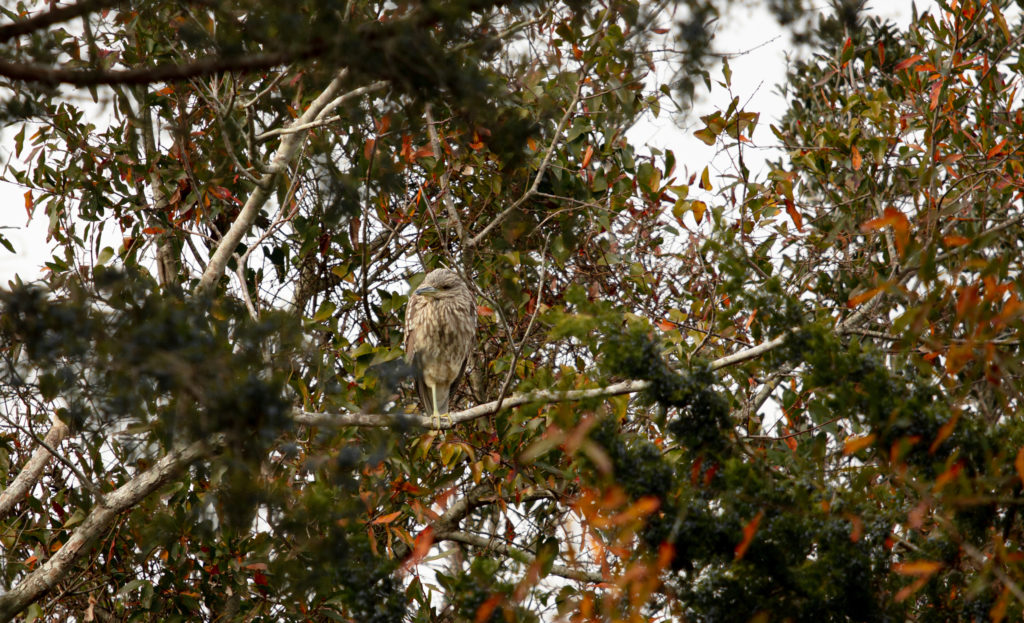

Want to see what other birders here in North Carolina are doing on their Christmas Bird Counts this weekend?
Click on the link below to upload your own photos to the project and see what is going on during the Christmas Bird Count 2019 event.
http://gis.audubon.org/cbclive/
-Sally